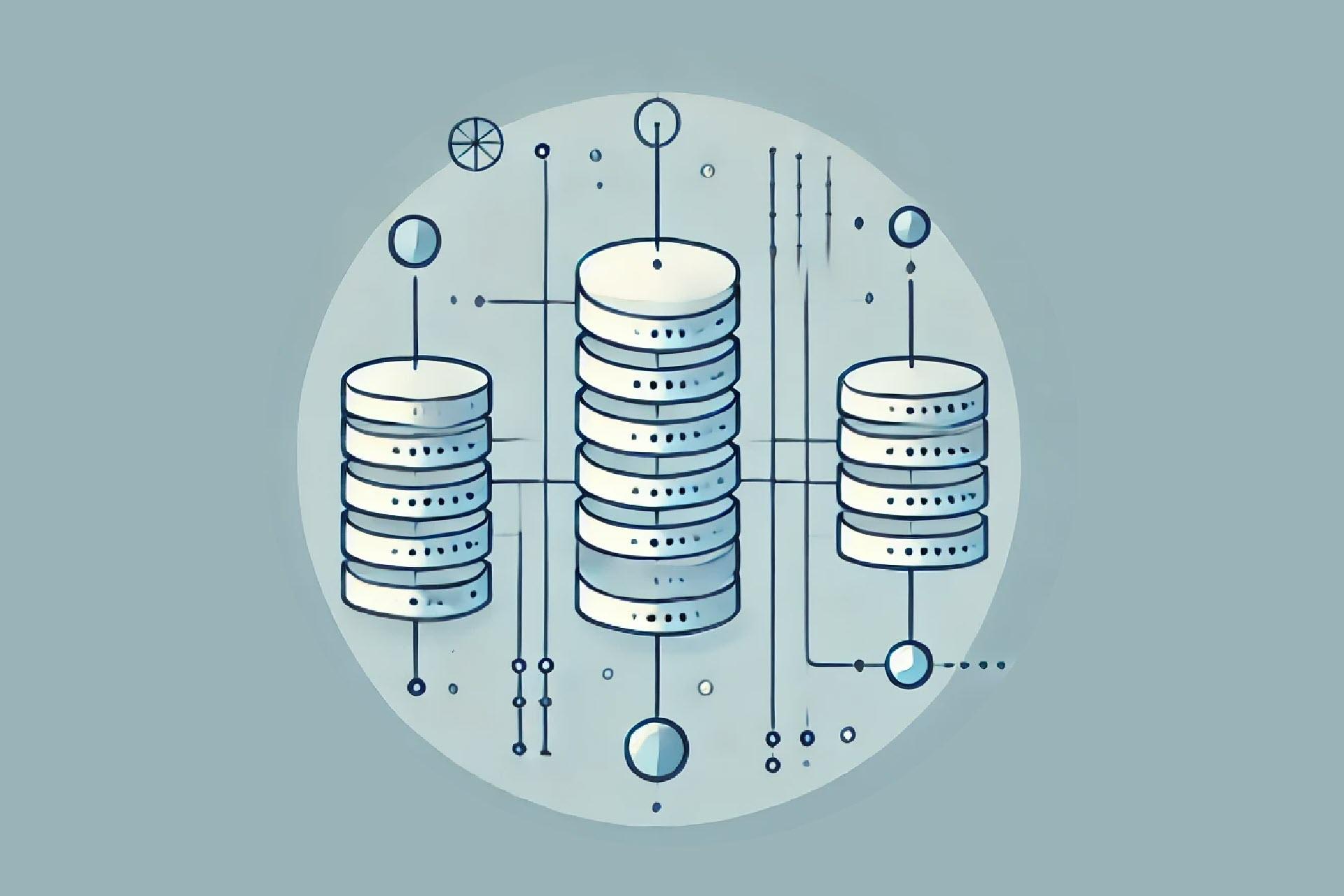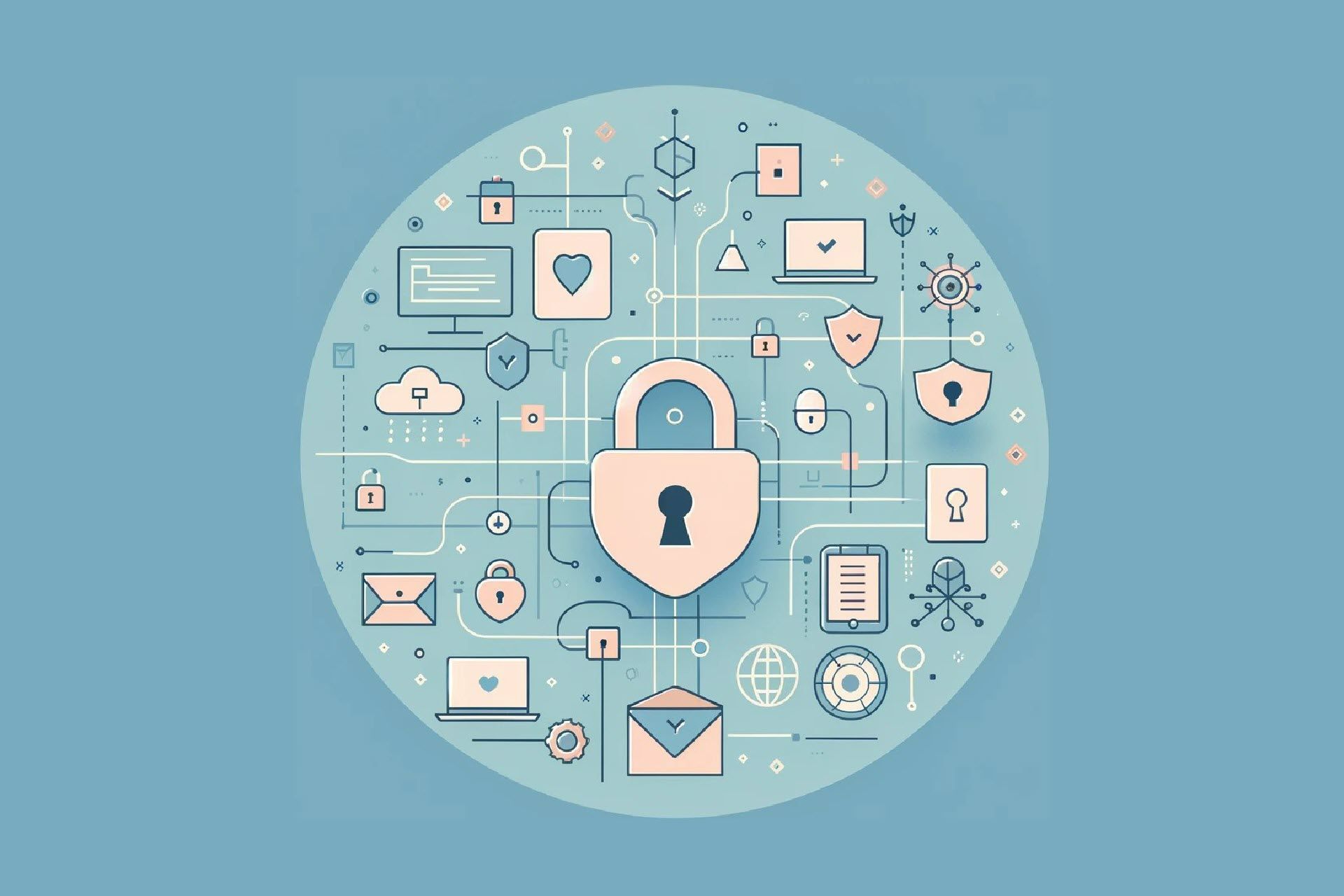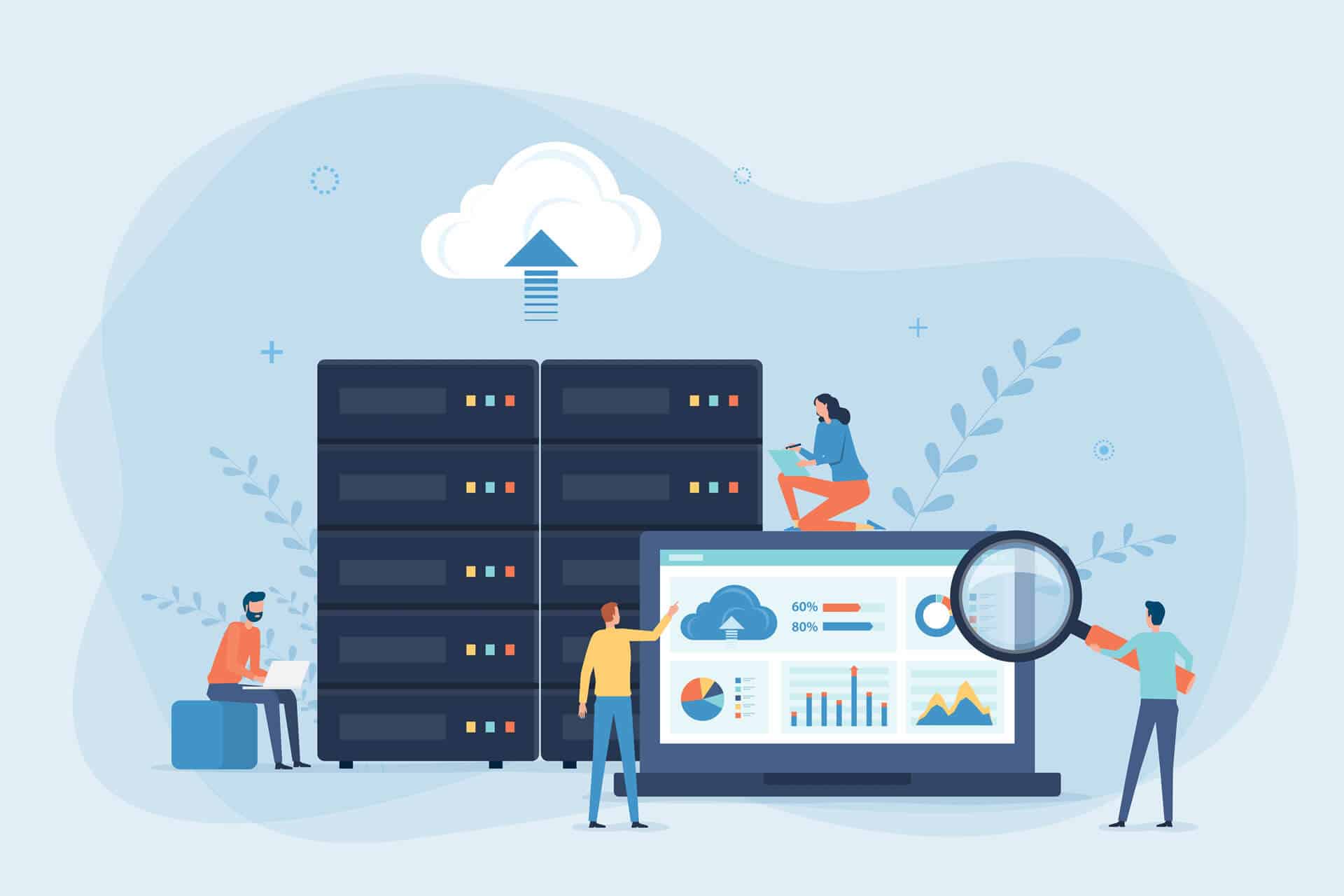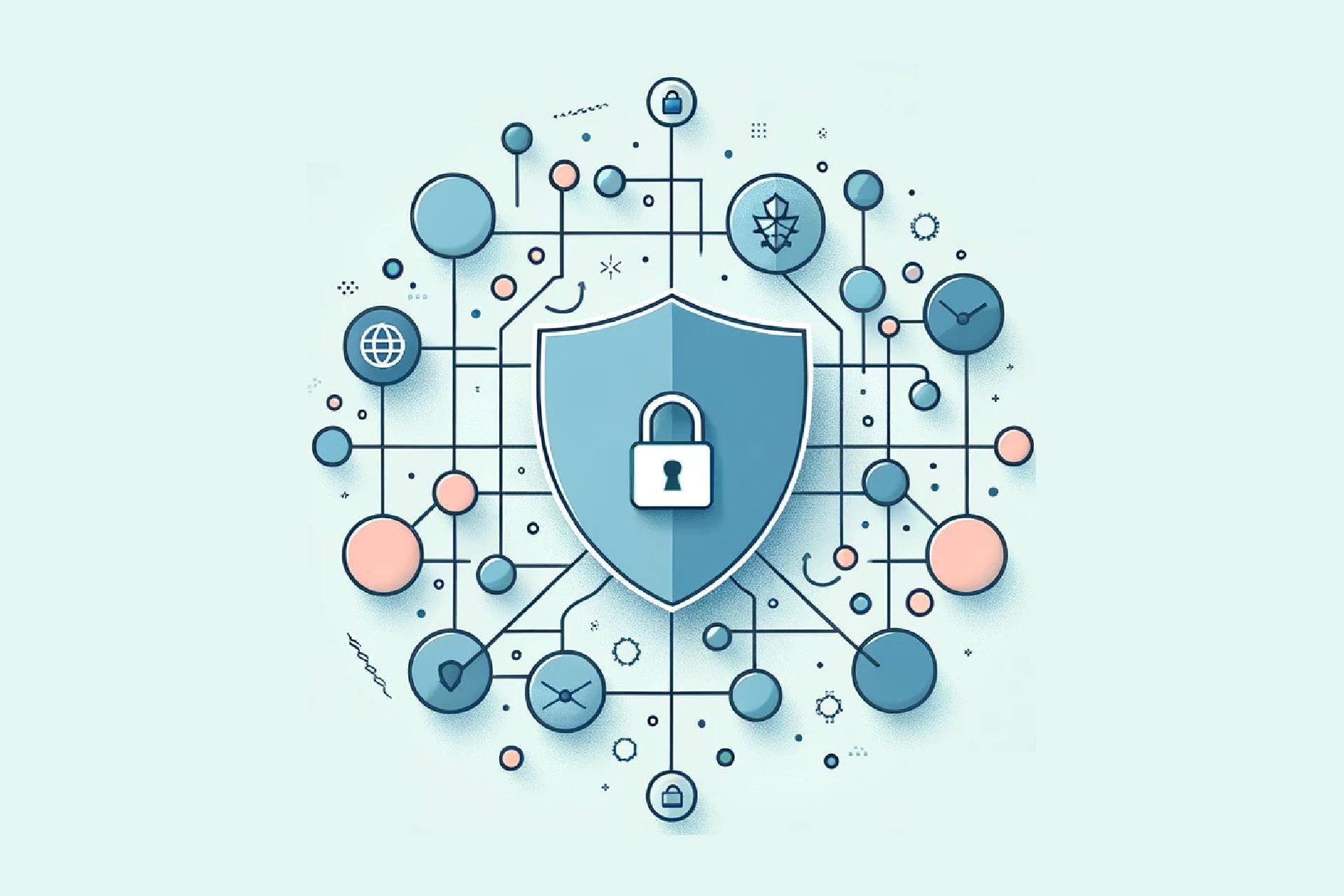Today’s digital business landscape is a common target of various network security threats. These attacks are aimed at individuals and organizations that store sensitive data, applications, and workloads online. If these unauthorized access attempts are successful, cybercriminals can potentially cause great reputational and financial damage to all users.
This article explores different types of network security threats, how to identify them, and how to prevent them from happening in the first place.

What Is a Network Security Threat?
A network security threat is any malicious activity that compromises the confidentiality and integrity of online data and systems. It is performed by individuals or groups hoping to gain unauthorized access to systems and steal data. Additionally, perpetrators usually disrupt network operations or perform ransomware by taking advantage of weak spots in the network. As a result, victims of network threats experience substantial financial losses, reputational damage, or legal penalties.
Read our recommendations for the best network security tools to implement and protect yourself from vicious cyberattacks.
How Does a Network Security Threat Work?
Network security threats aim to exploit system vulnerabilities or human behaviors to penetrate company networks and inflict damage to sensitive data, applications, and workloads. When a cybercriminal detects a weak spot in the system, they use it to gain unauthorized access and install malware, spyware, or other harmful software. These weak spots are also a gateway for social engineering attacks, where individuals become an easier target.
A network security threat can come from the outside or the inside of an organization. Outside threats come from malicious individuals who perform phishing, distributed denial of service (DDoS) attacks, or other network security attacks. On the other hand, inside threats sometimes happen unintentionally, due to an employee’s negligence, or purposefully, as a form of revenge or another malicious intent towards the company and its staff.
Network Security Threats Examples
There are many examples of network security threats organizations should watch out for. The list below provides the most common examples:
- Malware. This threat represents installing malicious software to exploit and disrupt systems without users’ knowledge.
- Ransomware. This attack encrypts sensitive data belonging to an individual or an organization. Ransomware makes data unreadable until the ransom is paid.
- Phishing. This threat works by tricking individuals into sharing sensitive information such as passwords or payment details via deceptive emails or websites.
- Man-in-the-middle (MitM) attacks. Man-in-the-Middle attacks intercept online communication between individuals to steal or alter confidential data.
- Distributed denial of service (DDoS) attacks. DDoS attacks use compromised devices to flood systems with traffic and exhaust their bandwidth and other resources.
- SQL injections. These attacks exploit databases to steal, alter, or delete the information in them.
- Zero-day exploits. These exploits are instant attacks on detected hardware or software vulnerabilities before the vendor gets the chance to remediate them.
- Insider threats. Insider threats are made by internal members of organizations who abuse their access to sensitive information for malicious agendas.
- Drive-by downloads. Drive-by downloads are performed by downloading damaging software to the users’ devices without their knowledge to perform attacks.
- Credential stuffing. Credential stuffing is abusing previously leaked credentials on multiple platforms expecting that individuals use the same ones on each site.
- Social engineering. Social engineering exploits human psychology to get them to share confidential information or perform damaging activities to their organization and data.
Learn how to prevent social engineering attacks in your organization.
How to Identify Network Security Threats?
There are many ways to identify network security threats before they happen. Below are the most common methods:
- Intrusion detection systems (IDS). These systems monitor network traffic for suspicious activities and alerts network administrators.
- Firewall logs. Firewalls log details about traffic, including connection attempts or any anomalies.
- Security information and event management (SIEM) systems. SIEM systems collect and analyze logs from multiple network devices to detect potential attacks.
- Antivirus and antimalware software. This software scans network devices to detect malicious behavior.
- Traffic analysis. This analysis helps detect unauthorized data flows or communication with suspicious IP addresses.
- Vulnerability scanning. These scans identify network vulnerabilities to shed light on potential weak spots.
- Penetration testing. These tests simulate real network attacks to check the system’s ability to remediate them quickly.
- Behavior analytics. Human behavior is analyzed to determine patterns and deviations from it that might seem suspicious.
How to Prevent Network Security Threats?

Here are the ways to prevent network security threats:
- Regular patching and software updates. System patching and software updates are crucial for preventing threats that become more sophisticated as time passes.
- Using firewalls. Firewalls serve as a barrier between trusted and untrusted networks, which goes a long way in threat prevention.
- Using VPNs. VPNs ensure secure remote access to systems through encryption.
- Implementing multi-factor authentication (MFA). MFA requires several confirmations of identity during logins to prevent unauthorized access.
- Creating regular backups. Organizations should backup all their data for easy recovery in case of data losses.
- Training employees. Employees should take courses and seminars and engage in simulated attacks to ensure they follow the current security policies.
- Defining permissions. Organizations must specify who has access to sensitive information and systems to minimize potential for attacks.
- Using segmented networks. If an attack occurs, network segmenting prevents it from spreading to the entire system.
Staying Cyber-Safe
Cyber attackers frequently target networks that businesses rely on in their online operations. By frequently testing security strategies and methods, organizations ensure they are up-to-date with the latest network safety and threat protection standards.



